GALAPAGOS ISLANDS, ECUADOR - APRIL 2007
Page 7 of 9 - Link to Page 8 at the bottom of this page
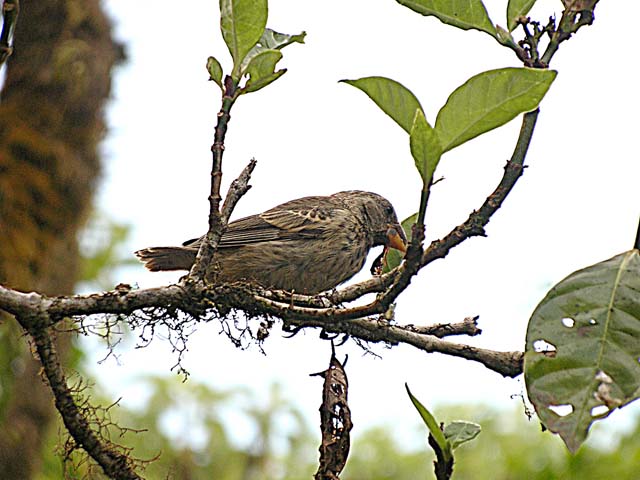
One of 13 species of finches on the Islands. The most famous of the Galapagos land birds are
Darwin's finches,
so named because of their importance to Darwin's evolutionary theories.
He was
fascinated
by the diversity
of the 13 species and how they evolved from a common
ancestor
to adapt to the
type of food supply on
each island. These adaptations were
mainly manifested in the
shape and size of their beaks.
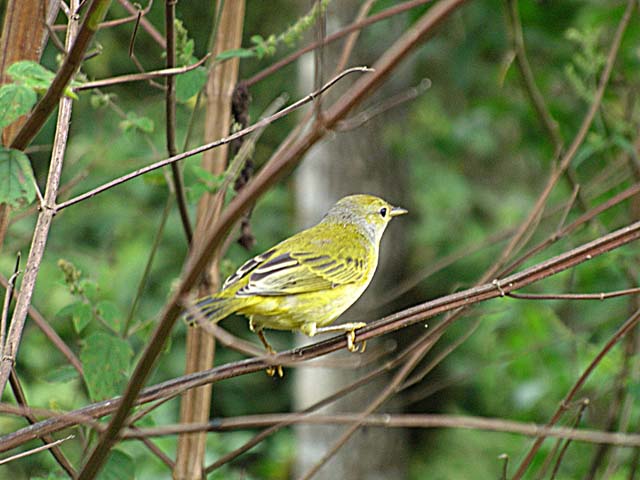
Yellow Warbler - we saw a lot of these birds
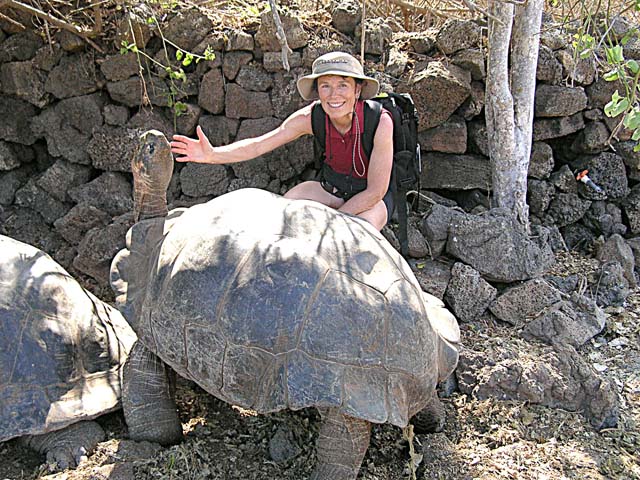
Pat with giant turtoise at Darwin Research Station on Santa Cruz Island
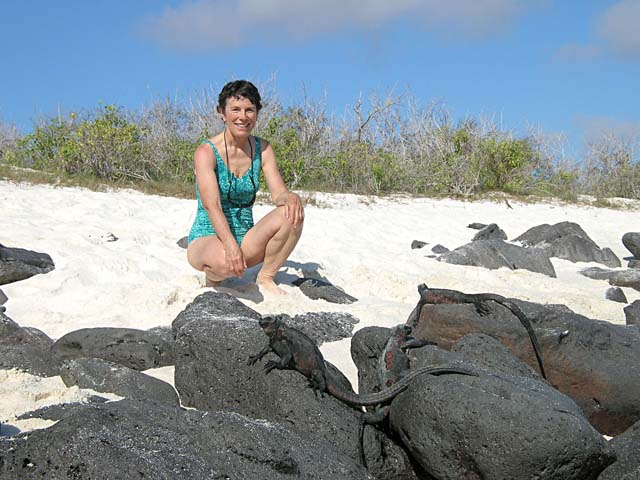
Pat on island of Espanola with marine iguanas on the lava rocks on the beach
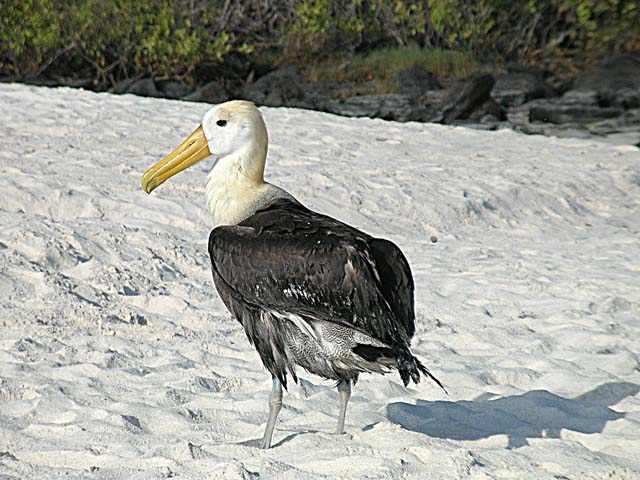
Waved Albatross - The waved albatross can spend years at sea without
touching land. It is the largest bird
in the islands, averaging
3 feet in length and up to an 8 foot wingspan.
Almost all of them in the world
nest on Hood (Espanola).
Egg laying occurs from mid-April to late June, with parents
feeding their single
young through
December. When the
fledgling leaves the nest, it does not return for 4-5 years.
Courtship involves a dance of
up to 20 minutes of bowing, bill
clicking, bill circling, swaying and freezing,
honking and whistling.
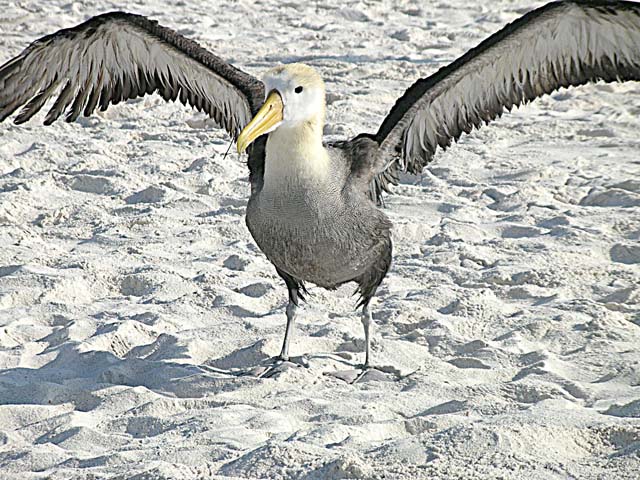
The waved albatross stretching its wings
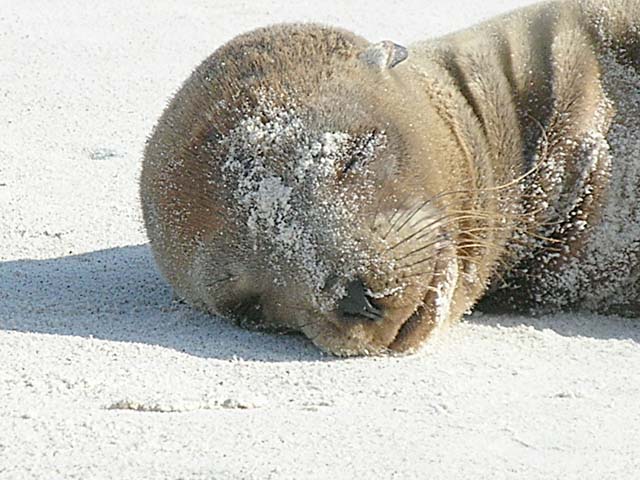
A sea lion pup sleeping on the beach at Espanola
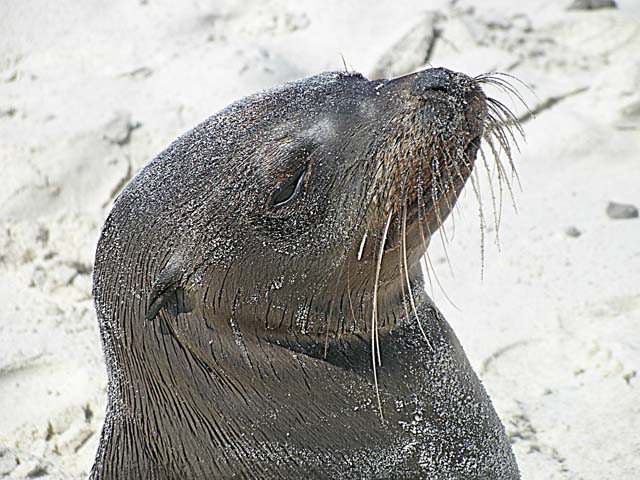
A typical sea lion pose
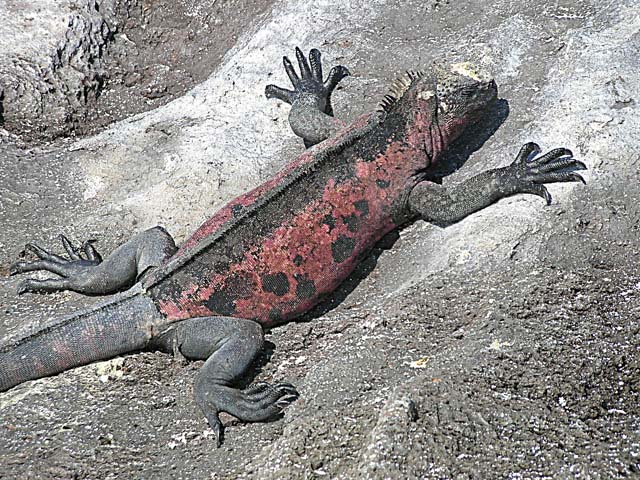
This male marine iguana is red to attract females.
The males on Espanola are colorful year round.
Link to Page Eight of Galapagos
Pat's Home Page